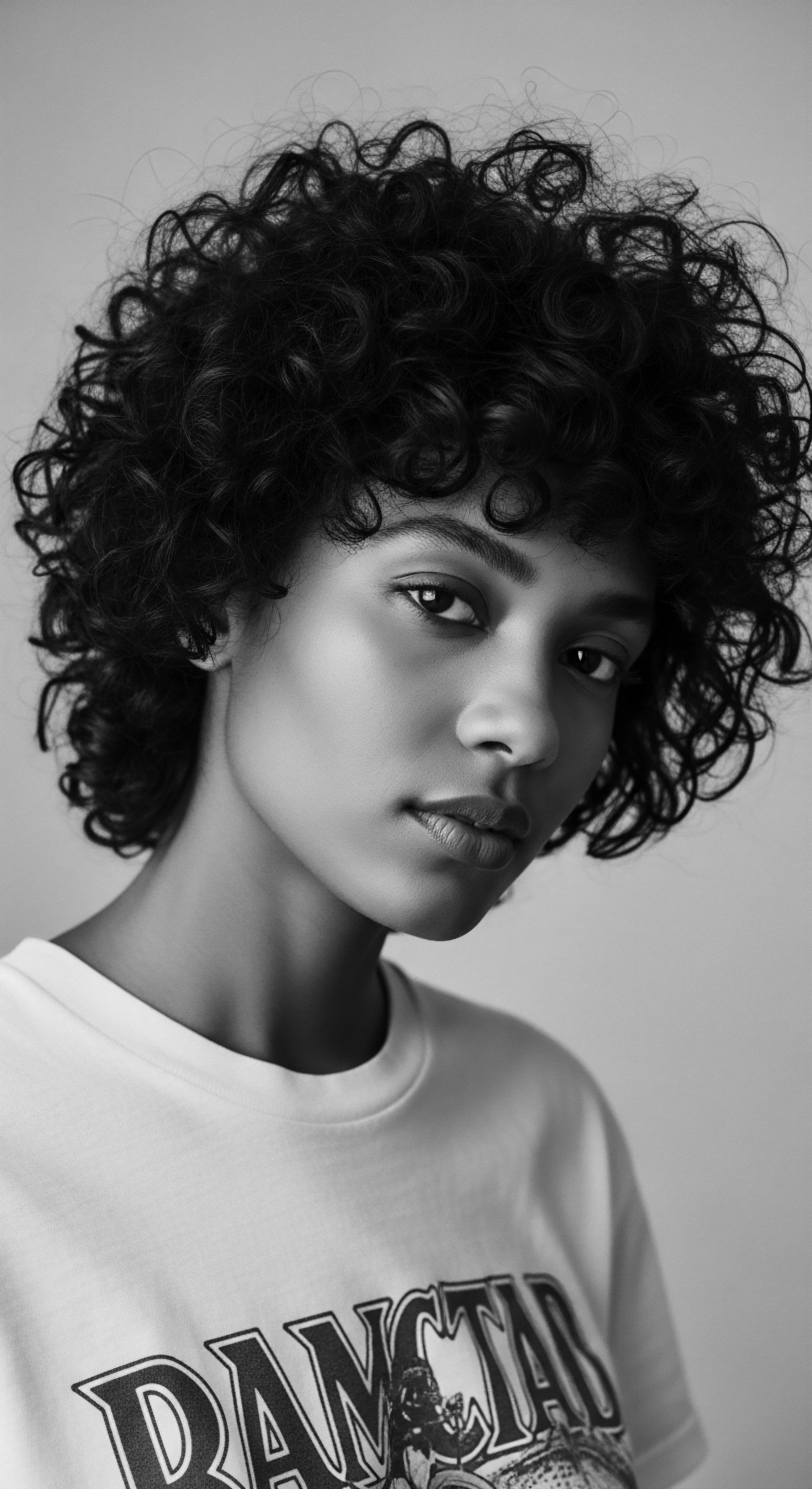
Roots
Consider for a moment the very essence of a strand of hair, particularly those coiling tendrils born of Black and mixed-race lineage. It is more than mere protein; it stands as a living archive, a scroll unfurling millennia of wisdom, resilience, and profound artistry. Each ripple, each curl, carries an echo of ancestral practices, whispers of communal care under sun-drenched skies, and the quiet strength of identity preserved through epochs of challenge.
Hair discrimination, in its pervasive grip, does not merely touch the surface of a Black individual’s being; it reaches into the very core of this heritage, seeking to sever a connection to a deep, unbroken lineage. It attempts to rewrite a story etched in the very helix of being, a story of beauty, ingenuity, and spirit that has always found expression through textured hair.
The story of textured hair is not a footnote in human history. It sits at the very genesis of our shared narrative, an adaptation to environments where the sun’s brilliance demanded protection. The tightly coiled structure of African hair provided natural insulation, shielding the scalp from intense ultraviolet radiation, a biological marvel woven into the fabric of survival. This foundational understanding of hair’s purpose in ancestral climates often escapes contemporary discourse, yet it is where the conversation of heritage truly begins.
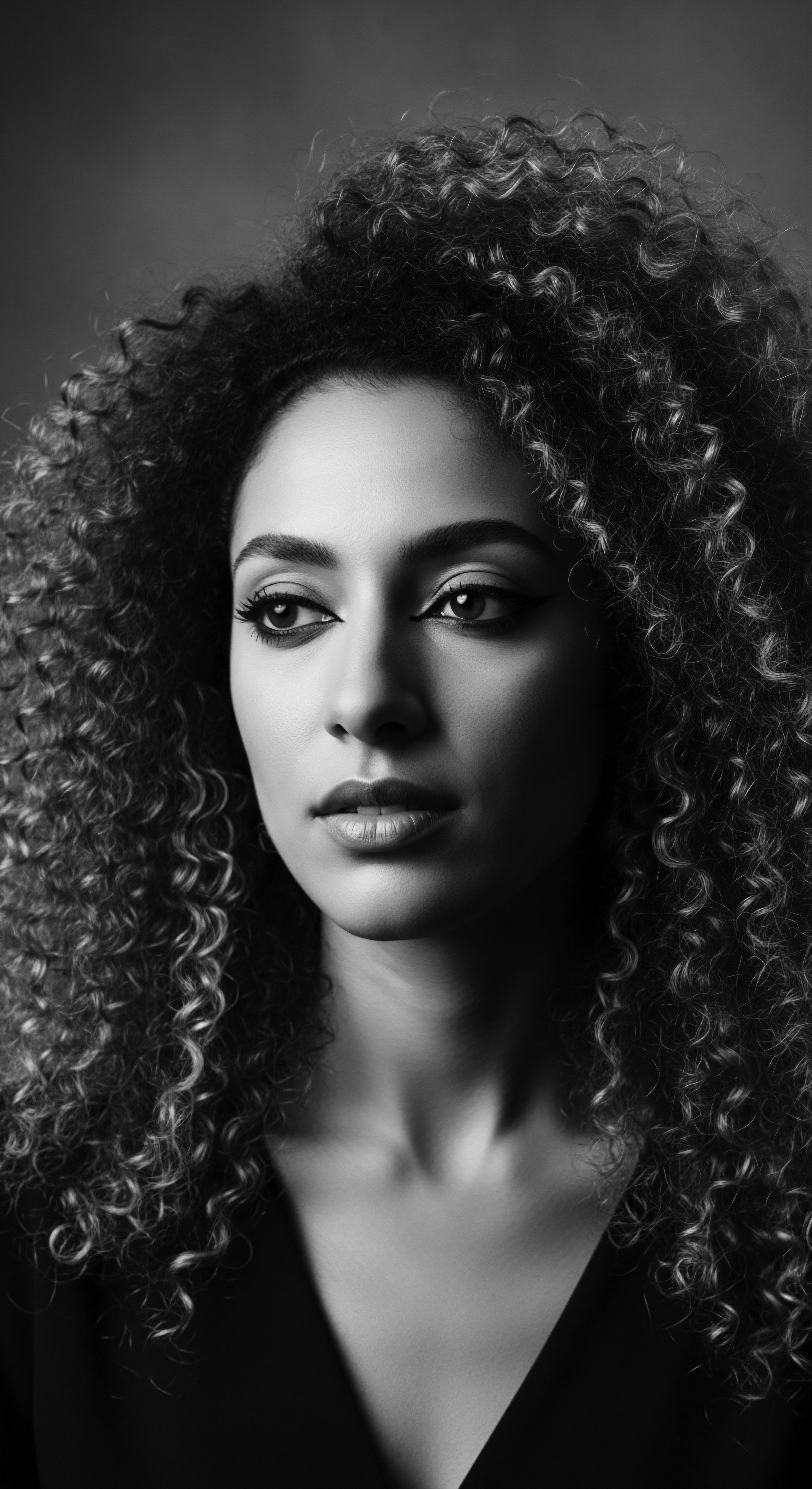
The Hair Follicle and Its Ancient Echoes
To truly grasp the unique properties of textured hair, one must venture inward, to the very architecture of the follicle. Unlike the largely circular cross-section of many hair types, afro-textured hair emerges from a follicle with a distinct kidney shape, creating its characteristic coils and spirals. This anatomical variance is significant; it influences how moisture travels down the hair shaft, often making textured hair more prone to dryness. Furthermore, the inherent bends in the strand create points of vulnerability, making it less resistant to mechanical strain and more susceptible to breakage if not handled with knowing hands.
The unique composition of disulfide bonds, which give hair its shape and strength, are more densely concentrated in afro-textured hair, contributing to its distinct texture. This is not a weakness, but a testament to its inherent complexity, a biological signature of its lineage. Understanding these fundamental properties is the first step in appreciating the inherent strength and needs of textured hair, moving beyond superficial aesthetics to a grounded appreciation of its biology.
Textured hair, a biological marvel, carries ancestral wisdom in its very coiled structure, shaped by millennia of adaptation and resilience.

Classifying Hair’s Inherited Forms
Attempts to classify textured hair have evolved, some rooted in scientific observation, others influenced by cultural biases. Traditional African communities held their own systems of categorization, often tied to ethnic group, social standing, or regional markers, where hair was a visual language. The way one’s hair was styled or appeared could convey marital status, age, or even a particular lineage within the community. These older systems, though unwritten in a modern scientific sense, possessed a deep, intuitive wisdom that recognized and honored the diversity within textured hair, free from the prescriptive judgments that would later arise.
The modern typing systems, while useful for product formulation, sometimes inadvertently flatten the rich spectrum of textured hair, reducing it to numbers and letters. It is essential to remember that even within these broad classifications, individual hair strands possess unique qualities, reflecting the vastness of human genetic heritage.
- Coil ❉ Describes the tight, spring-like formations found in hair with a very small diameter, often resembling a tiny spring.
- Curl ❉ Refers to hair that forms distinct loops or spirals, varying in circumference from wide waves to tight coils.
- Kink ❉ Often used to describe hair with very tight, zig-zag patterns that may not form a visible curl pattern until stretched.

The Ancient Lexicon of Adornment
The language surrounding textured hair in ancient African societies was rich, reflecting its profound cultural and spiritual significance. Hair was not merely an aesthetic choice; it served as a communication medium, a conduit to the divine, and a powerful symbol of identity. Hairstyles could announce one’s marital status, age, wealth, religious beliefs, or ethnic identity.
The intricate styling processes, sometimes spanning days, were communal acts, fostering kinship and intergenerational teaching. The hands that braided, twisted, and adorned were not just styling hair; they were weaving connections, sharing stories, and upholding ancestral practices. Terms like Cornrows (a style often used for communication and even escape routes during enslavement), Locs (symbolizing spiritual connection and a rejection of imposed standards), and Bantu Knots all carry centuries of history and meaning, a vibrant vocabulary of heritage that persists today.
This cultural context stands in stark contrast to the later colonial attempts to strip Black individuals of their hair heritage, highlighting the deep-seated identity connected to these practices. Hair threading, known as “Irun Kiko” among the Yoruba people of Nigeria since the 15th century, was a practical way to stretch hair and retain length, protected from breakage. This method, still practiced today, showcases the ingenious solutions developed within communities to care for and adorn their textured hair.
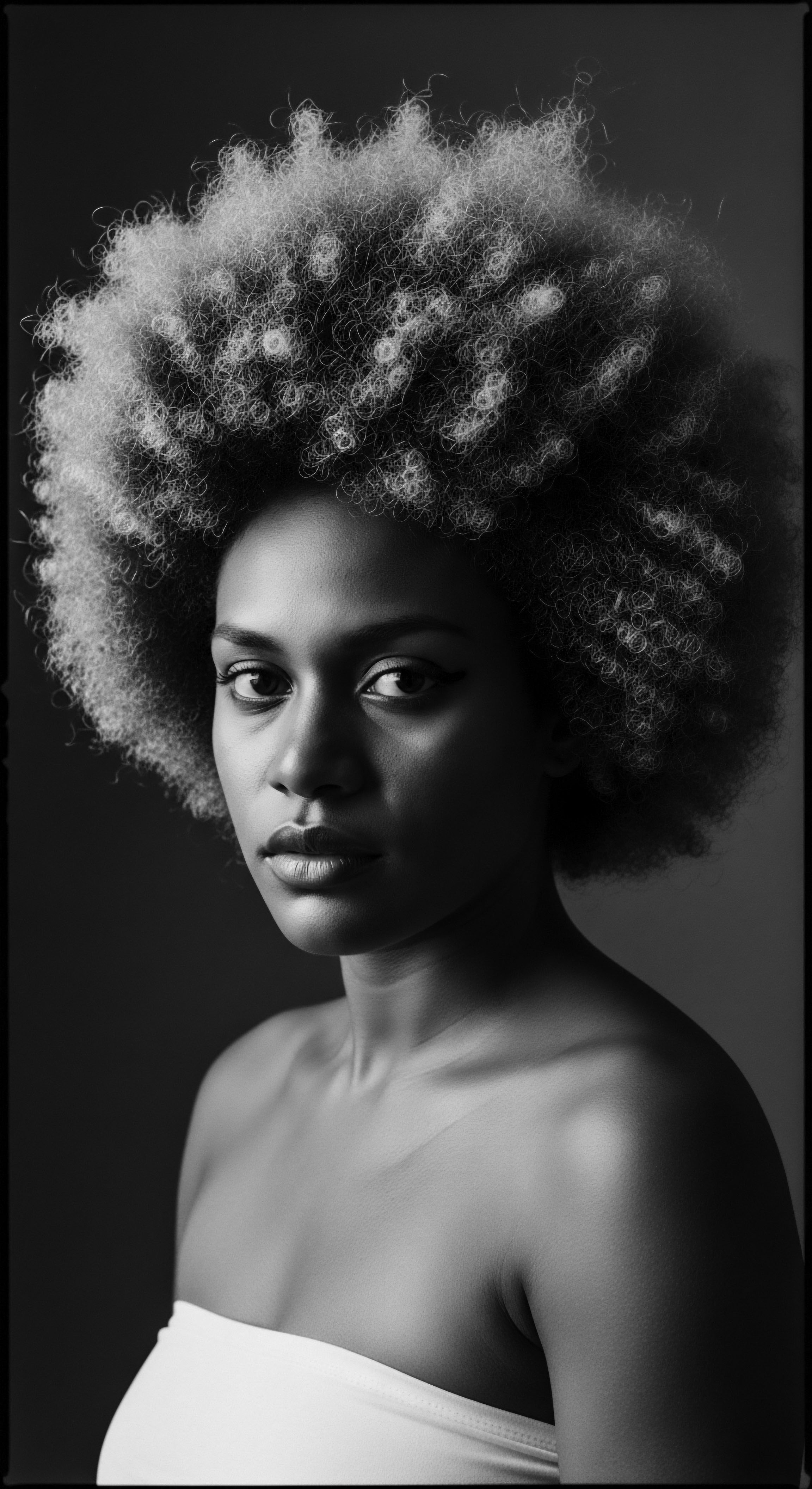
Ritual
The tending of textured hair is not merely a routine; it is a sacred ritual, a living testament to ancestral wisdom and communal care passed down through generations. From ancient African villages to contemporary homes across the diaspora, the practices surrounding Black hair have been imbued with intention, purpose, and a deep respect for the strands themselves. Hair care, traditionally, was a social occasion, a time for bonding, storytelling, and the sharing of knowledge within families and communities. This aspect of shared experience is a cornerstone of textured hair heritage.
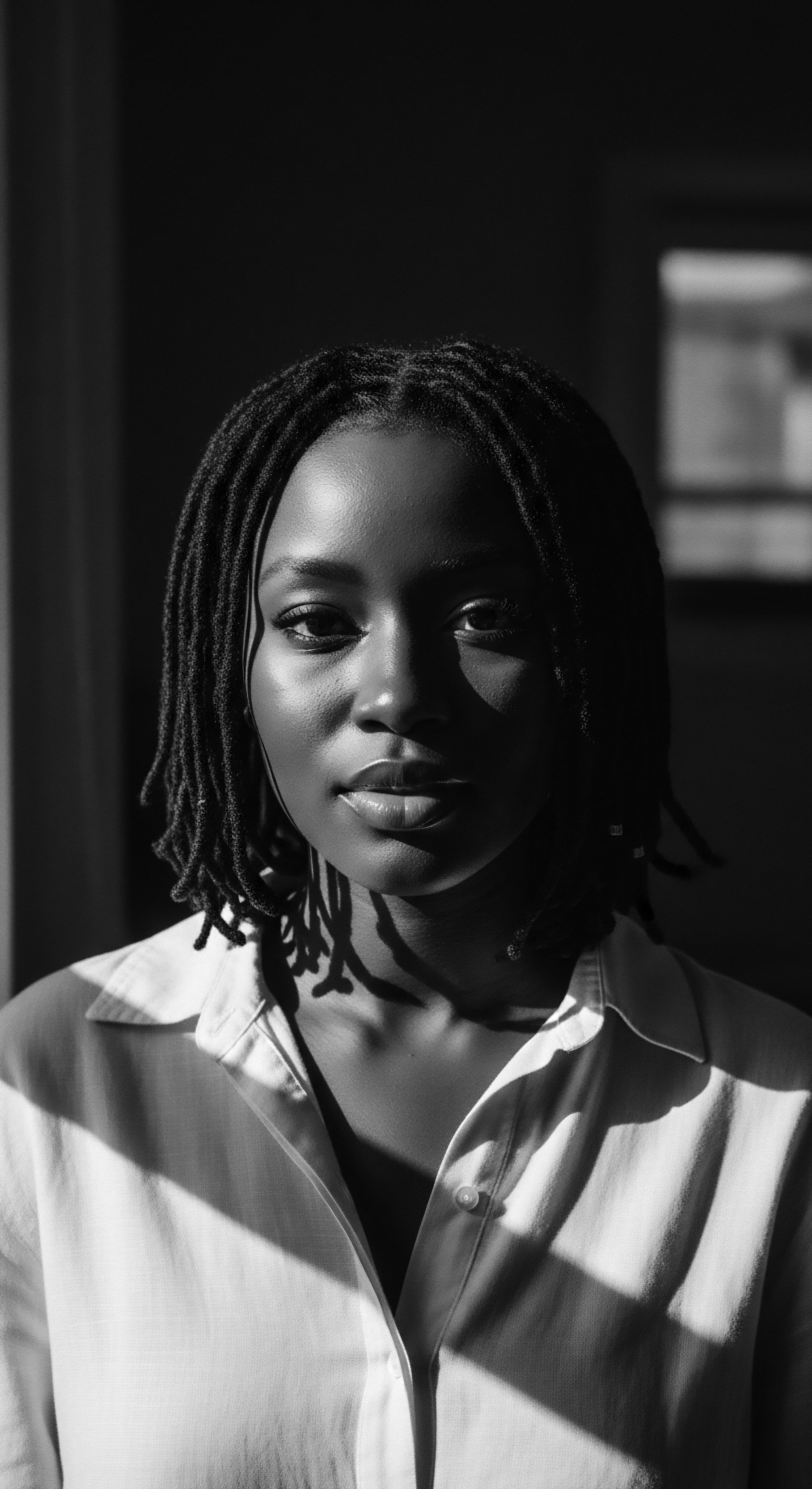
Protective Traditions
Across African continent, myriad protective styles emerged, born of necessity and artistry. These styles served to safeguard the hair from environmental elements, reduce breakage, and promote length retention. They were also powerful visual markers, conveying identity and status.
One poignant historical example of protective styling as an act of resistance comes from the era of enslavement. Cornrows, far from being just a hairstyle, were ingeniously used as clandestine maps to freedom. Enslaved people would braid escape routes and paths into their hair, even hiding seeds within the intricate patterns to ensure survival on their perilous journeys. This historical truth reveals the extraordinary depth of resilience and ingenuity embedded within textured hair traditions.
The practice of Hair Threading, as mentioned, exemplifies this protective legacy. Threads, often made from natural fibers, are wrapped around sections of hair, stretching and elongating the coils while simultaneously protecting the strands from external aggressors and minimizing manipulation. This ancestral technique, dating back centuries, remains a testament to early scientific understanding of hair needs, long before modern laboratories.
Headwraps also hold immense cultural and historical weight. While they served practical purposes—protecting hair from dust, sun, and during labor—they also carried symbolic significance, indicating marital status, age, or social standing.
| Historical Context Pre-Colonial Africa |
| Cultural Meaning Symbols of social status, religion, age, marital status, identity, and spiritual protection. |
| Historical Context Enslavement Era |
| Cultural Meaning Practical protection during labor; later, a symbol of resistance and cultural preservation. |
| Historical Context Tignon Laws (1786, Louisiana) |
| Cultural Meaning Forced concealment of Black women's hair, intended to diminish their beauty and social standing; defiantly transformed into ornate fashion statements of pride and resistance. |
| Historical Context Modern Era |
| Cultural Meaning Expression of cultural pride, fashion, self-expression, identity, and a connection to ancestral roots. |
| Historical Context The headwrap, throughout history, stands as a symbol of both oppression and triumphant cultural assertion. |

The Earth’s Bounty
Long before the advent of commercial hair care aisles, African communities turned to the earth for their hair’s nourishment. Natural ingredients, often locally sourced, formed the bedrock of ancestral hair care practices. Shea butter, extracted from the nuts of the African shea tree, served as a potent moisturizer and sealant, revered for its conditioning properties. Its use was, and remains, a practice passed down through families, embodying a deep connection to the land and its offerings.
Another powerful example is Chébé Powder, sourced from Chad, known for its ability to promote length retention. This fine powder, derived from the seeds of the Chébé plant, was mixed with water or natural butters like shea butter and applied to moisturized hair, then often braided to seal in the hydration. This practice demonstrates an advanced understanding of moisture retention and hair protection, a testament to ancient biochemical knowledge. These traditions underscore a holistic approach to wellness, where hair care was intrinsically linked to natural remedies and a reverence for the earth.
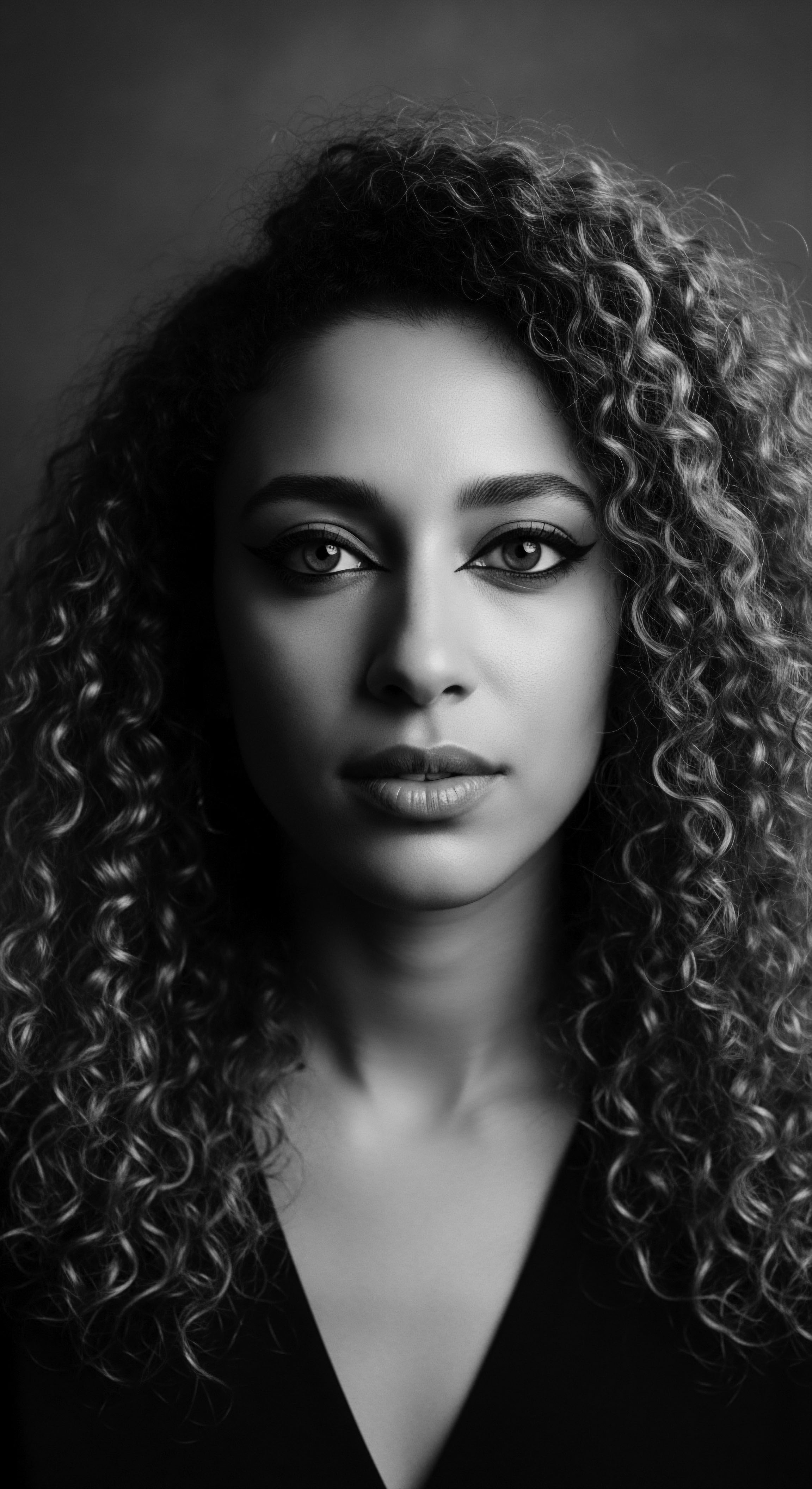
The Veil and The Crown ❉ A Case Study of Defiance
Perhaps one of the most compelling historical narratives revealing the impact of hair discrimination on Black identity is the infamous Tignon Laws of 1786 in colonial Louisiana. At a time when free Black women in New Orleans were known for their elaborate, adorned hairstyles, drawing admiration and challenging the existing social order, Governor Esteban Rodriguez Miró enacted legislation forcing these women to cover their hair with a ‘tignon’ or head scarf. The purpose was clear ❉ to visibly distinguish them from white women and relegate them to a perceived lower social stratum, asserting that free Black women were closer to enslaved women than to white women. The aim was to diminish their beauty, control their public presence, and suppress their agency.
Yet, in a powerful act of defiance and cultural resilience, these women transformed the symbol of oppression into a statement of unparalleled style and enduring pride. They adorned their tignons with luxurious fabrics, intricate knots, ribbons, brooches, and jewels, turning the mandated head covering into an even more striking fashion statement. The law aimed to erase their visible identity, but they responded by amplifying it, asserting their creativity and spirit in the face of adversity. This historical event serves as a potent reminder that attempts to police Black hair have consistently been met with fierce resistance, transforming acts of suppression into expressions of amplified cultural identity.

Tools of the Trade, Past and Present
The tools used in textured hair care have also evolved, yet their purpose remains tethered to ancestral ingenuity. Early combs were crafted from wood or bone, designed to navigate the unique coils without causing damage. The simple act of detangling, a ritual often performed within communal settings, spoke to the gentle, patient approach required for this hair type.
Modern tools, from wide-tooth combs to specialized brushes, are contemporary iterations of these fundamental needs, mirroring the same principles of care. They represent a continuum of respect for hair’s integrity, ensuring each strand is honored.
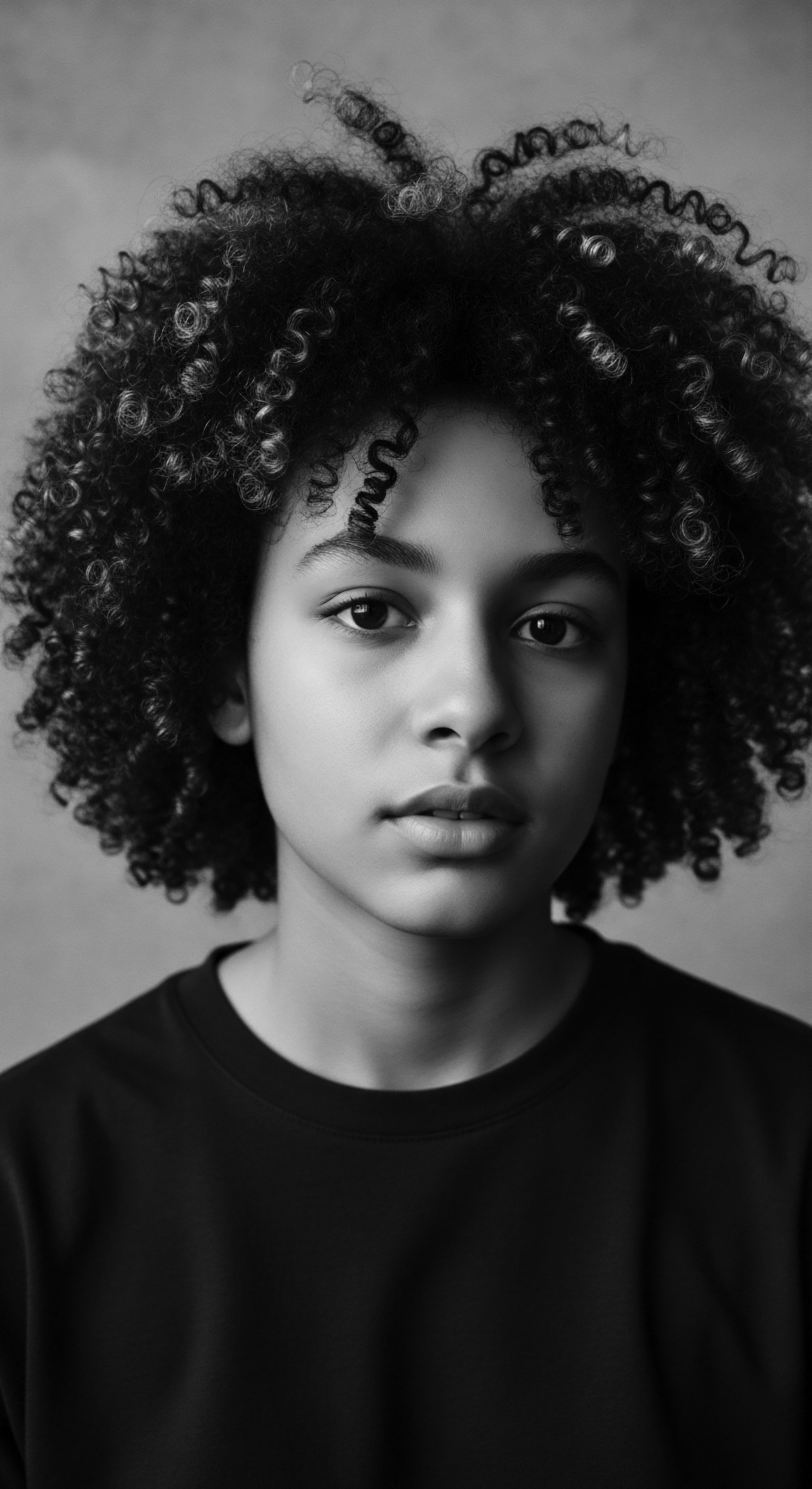
Relay
The journey of textured hair, from its ancient origins to its contemporary presence, has often been a relay race through societal judgment and discriminatory practices. The deep cultural roots of Black hair, so rich in meaning and tradition, have repeatedly collided with Eurocentric beauty standards, creating a landscape where identity is questioned, challenged, and often, weaponized. Hair discrimination, at its core, is a manifestation of systemic racism, seeking to impose a singular, narrow aesthetic that invalidates a vast spectrum of beauty and heritage.
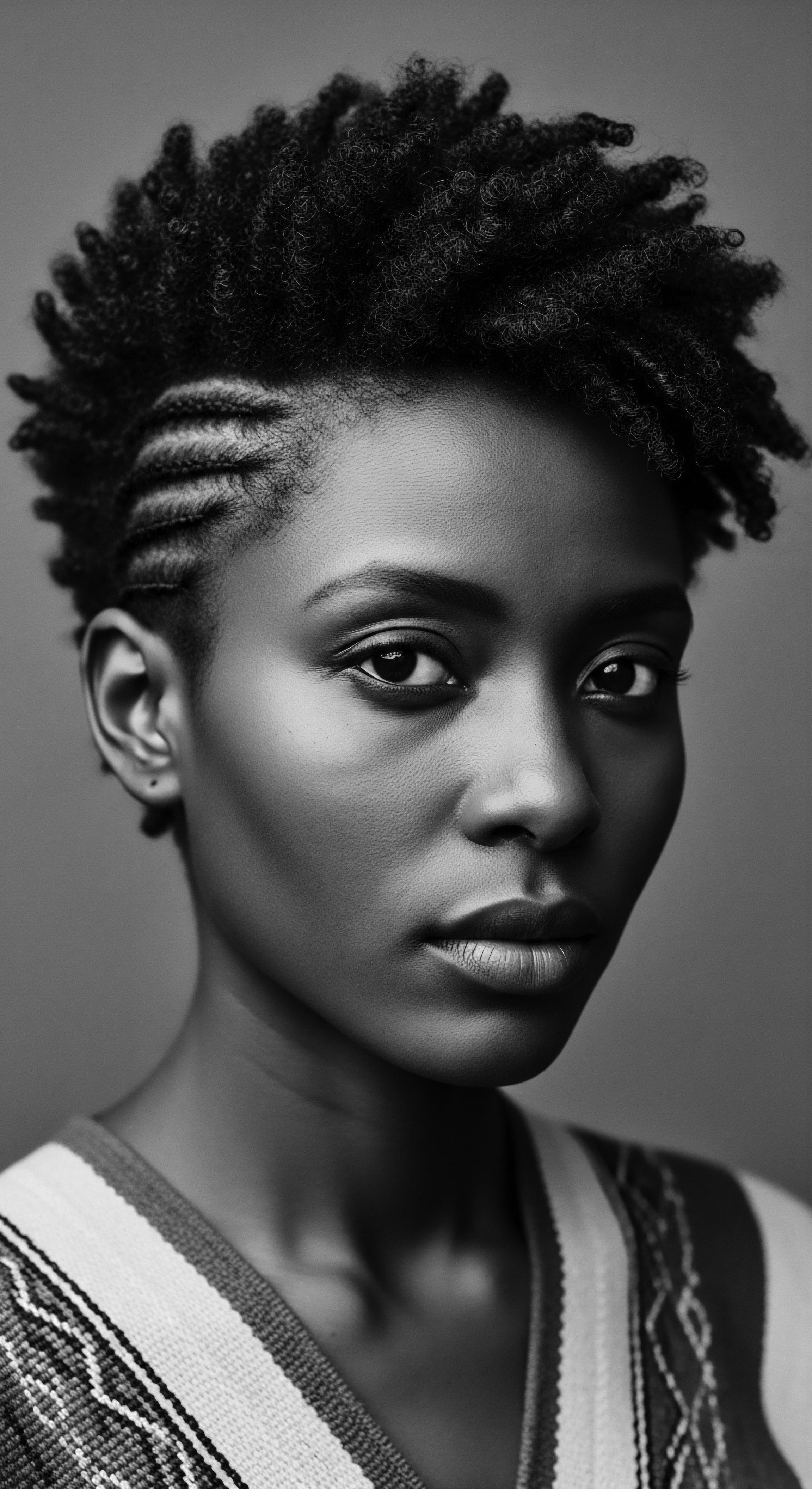
The Weight of Perception
For centuries, a dominant societal view has deemed Black hair, in its natural state, as unprofessional, unkempt, or unruly. This perception, deeply rooted in historical biases, forces Black individuals to navigate a world where their authentic appearance is often met with scrutiny and prejudice. The pressure to conform to straightened hair textures to achieve social and economic success has been a pervasive force, a direct consequence of this historical “othering”.
This cultural imposition has tangible impacts. A 2020 study by Duke University found that Black women with natural hairstyles were perceived as less professional, less competent, and were less likely to be recommended for job interviews than candidates with straight hair. The study also noted that Black women with natural hair faced less discrimination in industries perceived as more creative, such as advertising, versus those with more conservative norms, like consulting. This disparity highlights how professional environments, under the guise of “grooming policies,” can perpetuate racial bias and limit opportunities.

Workplace Realities and Their Heritage Connection
The workplace, a crucial arena for economic mobility and self-worth, has been a significant site of hair discrimination. Black women, in particular, face disproportionate challenges. Research indicates that Black Women’s Hair is 2.5 Times More Likely to Be Perceived as Unprofessional compared to the hair of white women.
This bias translates into significant professional hurdles. Approximately two-thirds (66%) of Black women report changing their hair for a job interview, with 41% altering their hair from curly to straight, believing it increases their chances of success.
The data reveals a stark reality ❉ over 20% of Black women between the ages of 25 and 34 have been sent home from work due to their hair, and a quarter believe they have been denied employment opportunities because of their hair. These statistics are not abstract; they represent real people forced to compromise their natural identity, often at personal and professional cost, to fit into rigid, culturally biased standards. It is a direct assault on the heritage of hair as a marker of identity.
The introduction of the CROWN Act (Creating a Respectful and Open World for Natural Hair) in various states and at the federal level represents a modern pushback against these historical and ongoing injustices. This legislation aims to protect individuals from discrimination based on hair texture and protective styles (such as braids, locs, twists, and knots) in schools and workplaces. The movement is a contemporary echo of the defiance shown during the Tignon Laws, a societal effort to reclaim the rightful place of Black hair in public life.
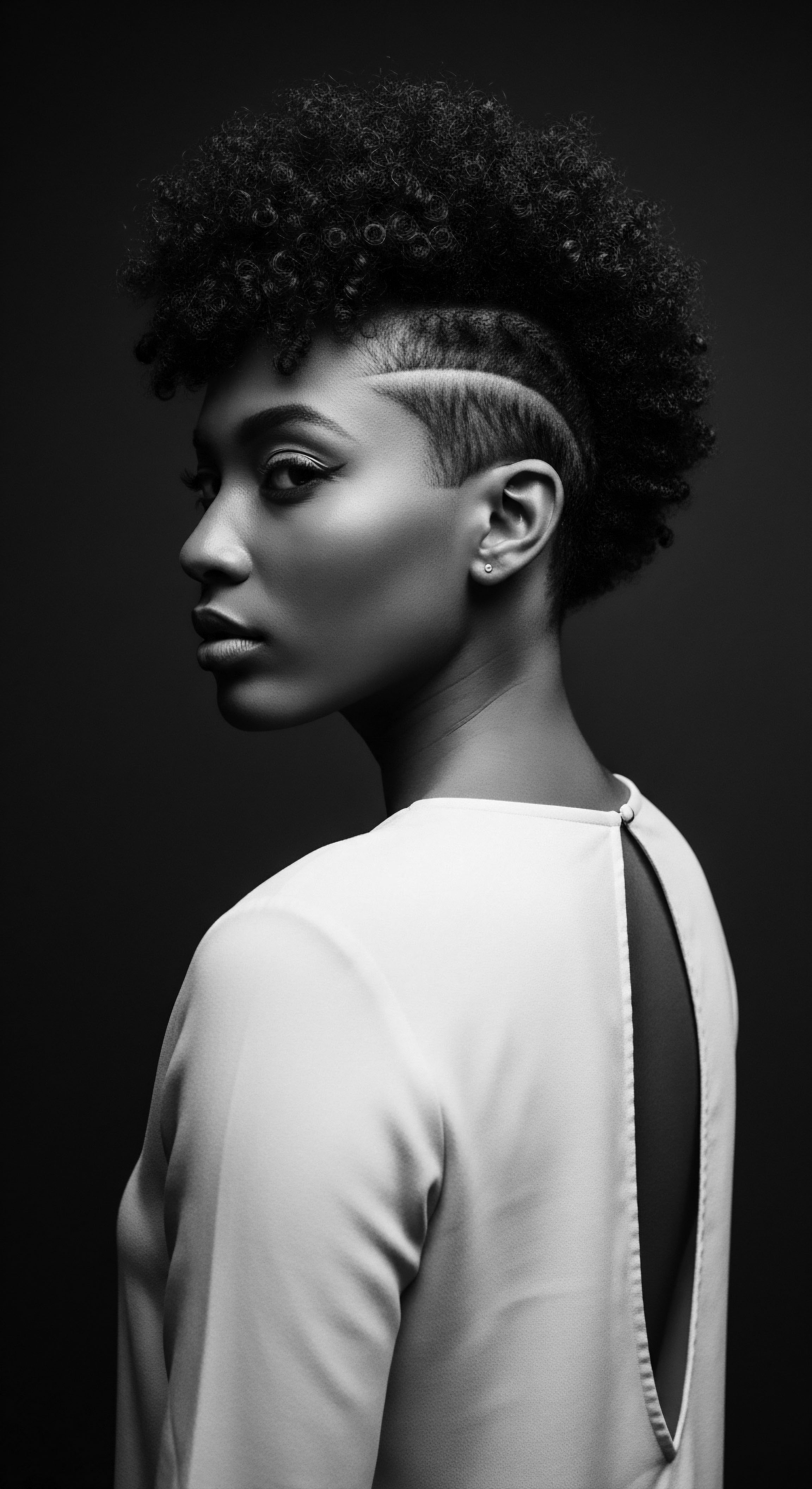
Youth and Identity in School Environments
The impact of hair discrimination extends far beyond the workplace, reaching into the formative years of Black children. School policies, often masquerading as dress codes, have historically targeted natural Black hairstyles, leading to disciplinary actions, suspensions, and a profound sense of “otherness”.
The 2021 CROWN Research Study for Girls illuminates this distressing reality ❉ 53% of Black Mothers State Their Daughters Have Experienced Racial Discrimination Based on Hairstyles as Early as Five Years Old. Furthermore, 66% of Black children in majority-white schools have encountered race-based hair discrimination, with 86% experiencing it by the age of 12. Such experiences can chip away at a child’s self-esteem and confidence, instilling a harmful belief that their natural hair, a direct link to their heritage, is somehow unacceptable or undesirable. This early exposure to discrimination forces young Black individuals to grapple with questions of identity and acceptance at a tender age.
The historical narrative of hair policing, seen in the Tignon Laws, thus finds a modern parallel in school hallways and corporate boardrooms. It is a persistent attempt to control and define Black identity through the lens of hair, necessitating a collective stand to dismantle these ingrained biases.
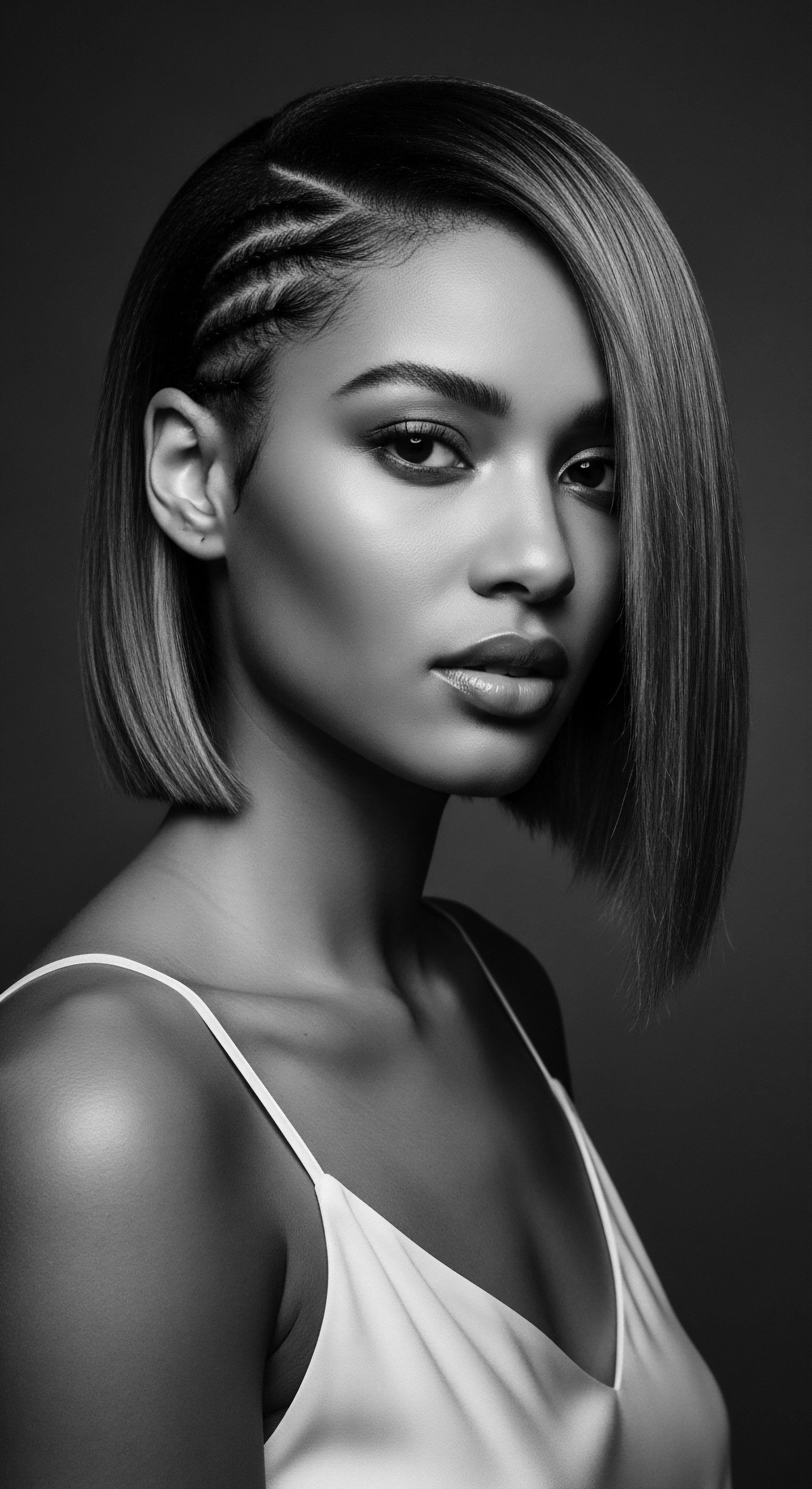
Reclaiming Narratives ❉ The Natural Hair Movement
In recent decades, a powerful cultural shift, known as the Natural Hair Movement, has gained significant momentum. This movement is a contemporary renaissance, a collective decision by Black and mixed-race individuals to reject imposed beauty standards and wholeheartedly embrace their natural hair textures. It is a deliberate act of ancestral reclamation, celebrating the inherent beauty of coils, curls, and kinks. This movement encourages healthier hair care practices, moving away from chemical straighteners that historically caused damage in pursuit of conformity.
The natural hair movement is a testament to the enduring spirit of self-definition and cultural pride that has always characterized the Black community. It is a vibrant expression of identity, a visual declaration of heritage, and a profound assertion of self-worth in the face of ongoing discrimination. The movement has also spurred a new industry dedicated to products and services tailored to the unique needs of textured hair, further solidifying its presence and importance.
- Self-Acceptance ❉ Fostering an inner sense of beauty and worth tied to one’s natural hair.
- Cultural Connection ❉ Strengthening ties to ancestral hair traditions and collective identity.
- Economic Empowerment ❉ Supporting Black-owned businesses and products formulated for textured hair.
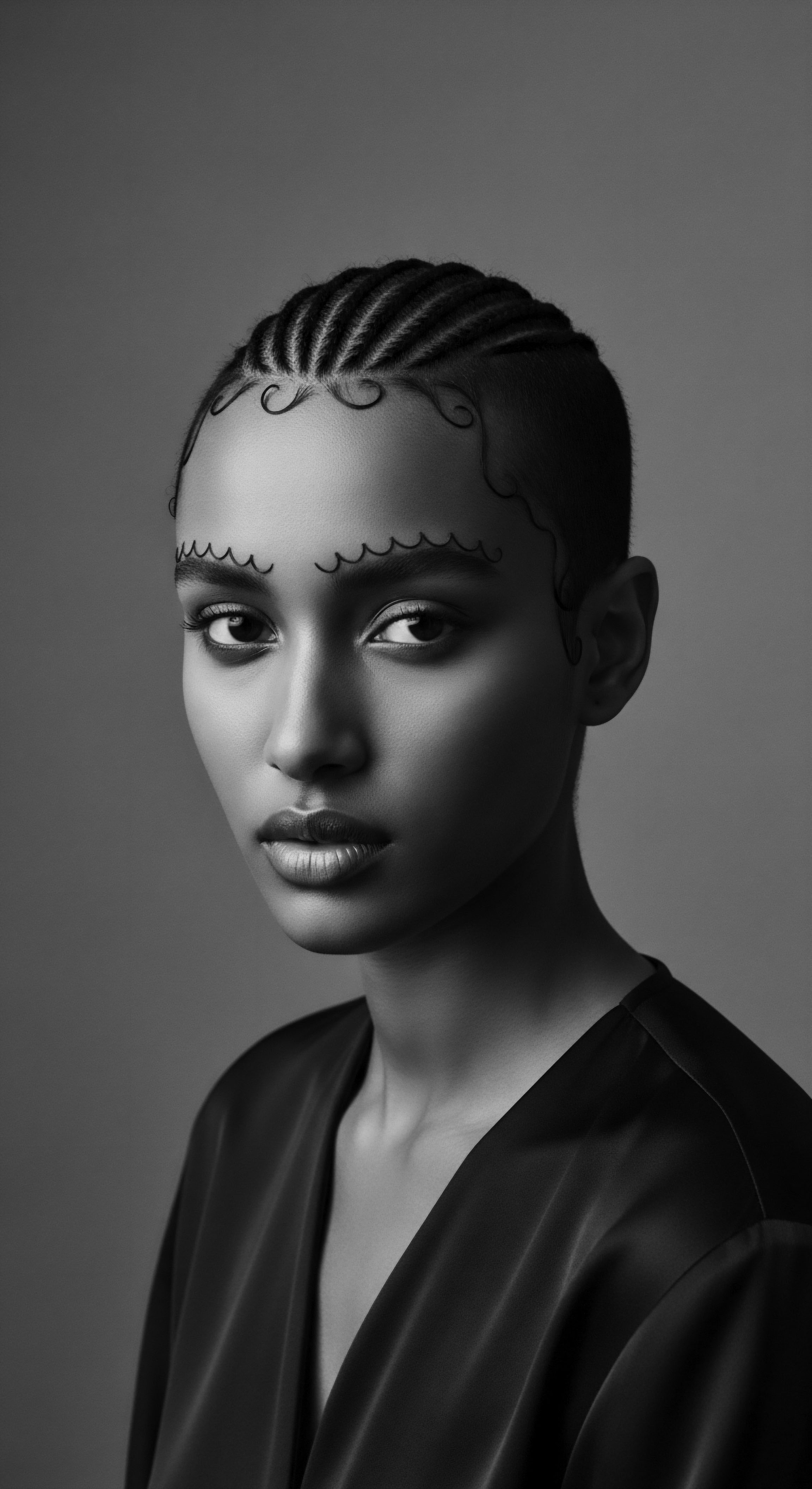
A Collective Stand ❉ Legal and Social Strides
The fight against hair discrimination is a continuous one, with legal battles and social advocacy working in tandem. The CROWN Act, passed in numerous states, is a significant legal safeguard, providing recourse for those who face discrimination. However, the movement extends beyond legislation.
It also encompasses educational initiatives, media representation, and community dialogue, all aimed at reshaping societal perceptions and fostering a world where Black individuals can wear their hair in its natural state without fear of judgment or penalty. This collective effort, rooted in the heritage of resilience, continues to pave the way for a more inclusive and accepting society.
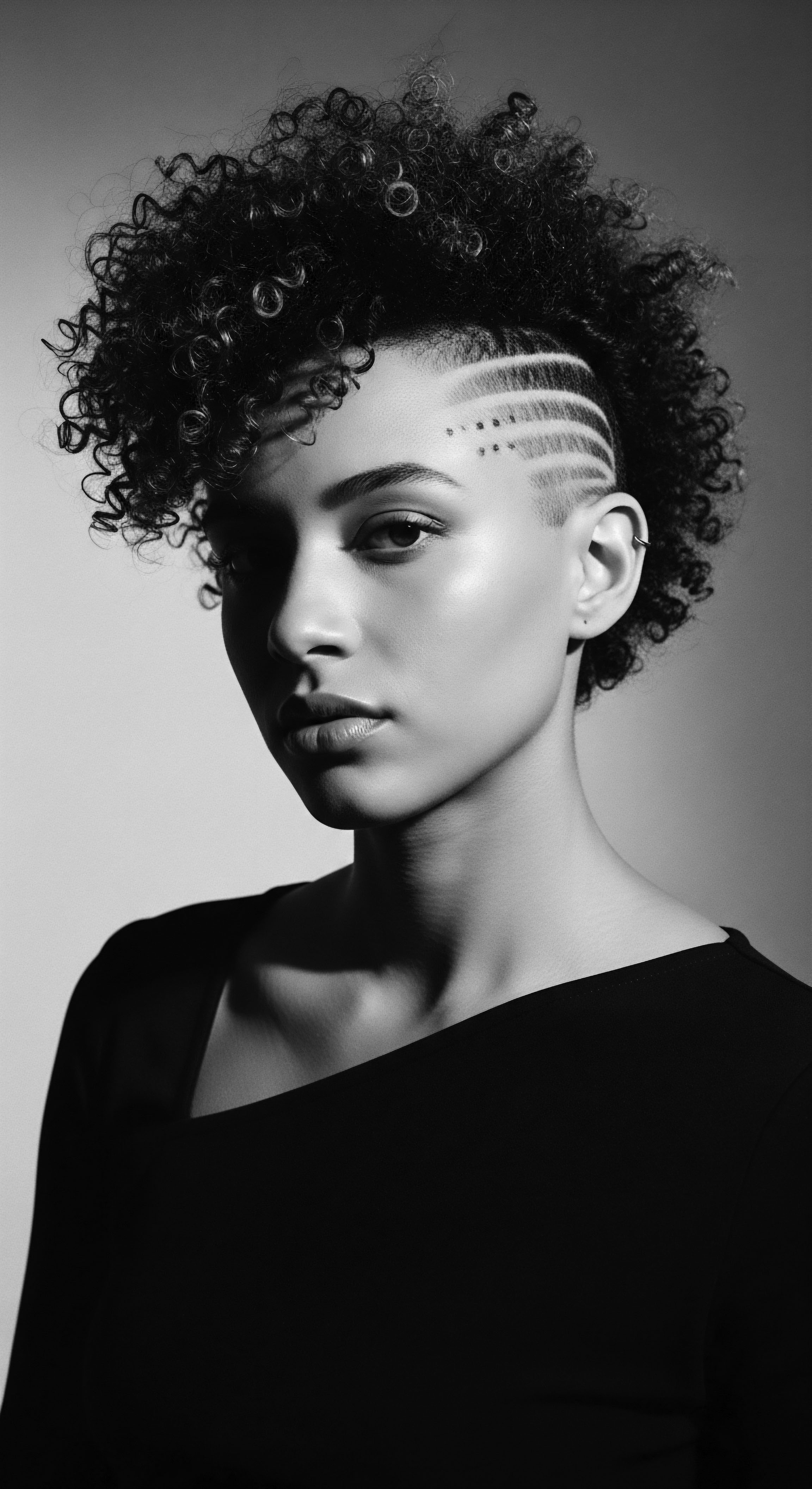
Reflection
The journey through the intricate world of textured hair, particularly how discrimination impacts the identity of Black individuals, reveals a profound narrative of enduring heritage. Each strand, each curl, carries not only biological markers but also the weight of history, the joy of cultural expression, and the unwavering spirit of those who came before. From the ingenious protective styles born of necessity in ancient Africa to the defiant adorned headwraps of New Orleans, Black hair has always been a powerful canvas for identity and resistance.
Even as discriminatory practices persist in modern society, the persistent affirmation of textured hair stands as a beacon of cultural continuity. The natural hair movement, a beautiful resurgence of ancestral pride, demonstrates that the soul of a strand remains unbound, flowing freely from ancient wisdom into contemporary self-acceptance. The conversation around hair discrimination is not just about civil rights; it is about honoring a living library of heritage, ensuring that the stories woven into every coil are celebrated, understood, and respected, today and for all future generations.

References
- Barreau, Annaëlle. “Afro-Hair and the Law ❉ The State of American and Canadian Law on Race-Based Hair Discrimination.” McGill Journal of Law and Health, 2022.
- Caffrey, Cait. “Afro-textured hair.” EBSCO Research Starters, 2023.
- Dove CROWN Research Study for Girls, 2021.
- Dove CROWN Workplace Research Study, 2023.
- Franbourg, A. P. Hallegot, F. Baltenneck, C. Toutain, and F. Leroy. “Current research on ethnic hair.” Journal of the American Academy of Dermatology, 2003.
- Leone Culture. “Exploring the Significance Of Headwraps In African Fashion And Traditions.” 2023.
- Livara Natural Organics. “Black History Month ❉ The Rich History of Our African Hair.” 2023.
- Mawu Africa. “From Tradition to Fashion ❉ The Evolution of African Head Wraps.” 2025.
- Rosette, Ashleigh Shelby, and Christy Zhou Koval. “The Natural Hair Bias in Job Recruitment.” Social Psychological and Personality Science, 2020.
- Sonson. “The History of Headwraps and Black Culture.” 2021.
- Walker, Ena. “It’s Time for a Federal Ban on Hair Discrimination.” EdTrust – The Education Trust, 2023.
- Wesleyan College. “NINE YEARS OF DETANGLED AFRO HAIR.” 2021.
- Wilderness. “The history & meaning of head wraps across Africa.” 2015.
- Yang, F. C. J. Zhang, and N. O. Okoli. “Hair care practices and structural evaluation of scalp and hair shaft parameters in African American and Caucasian women.” Journal of the American Academy of Dermatology, 2007.
